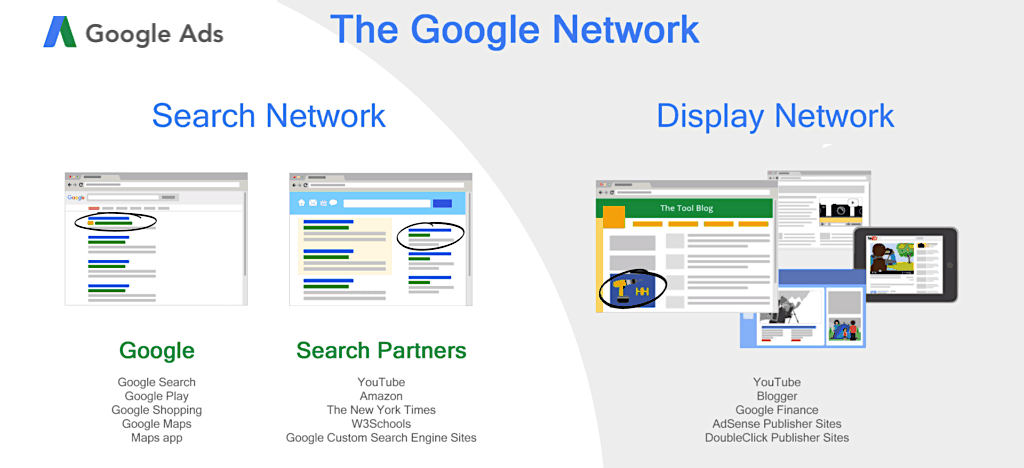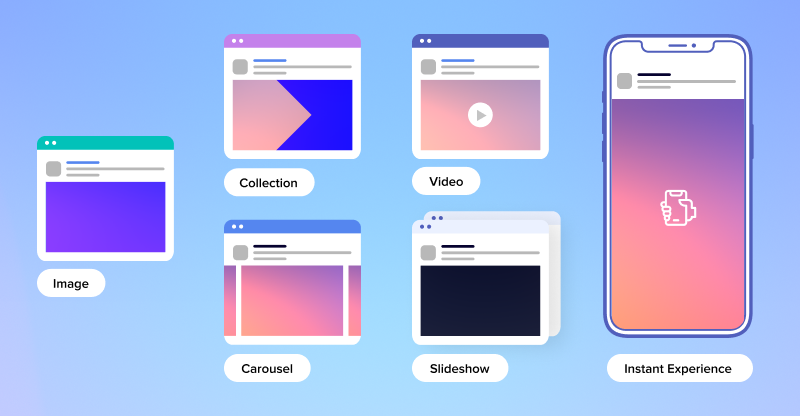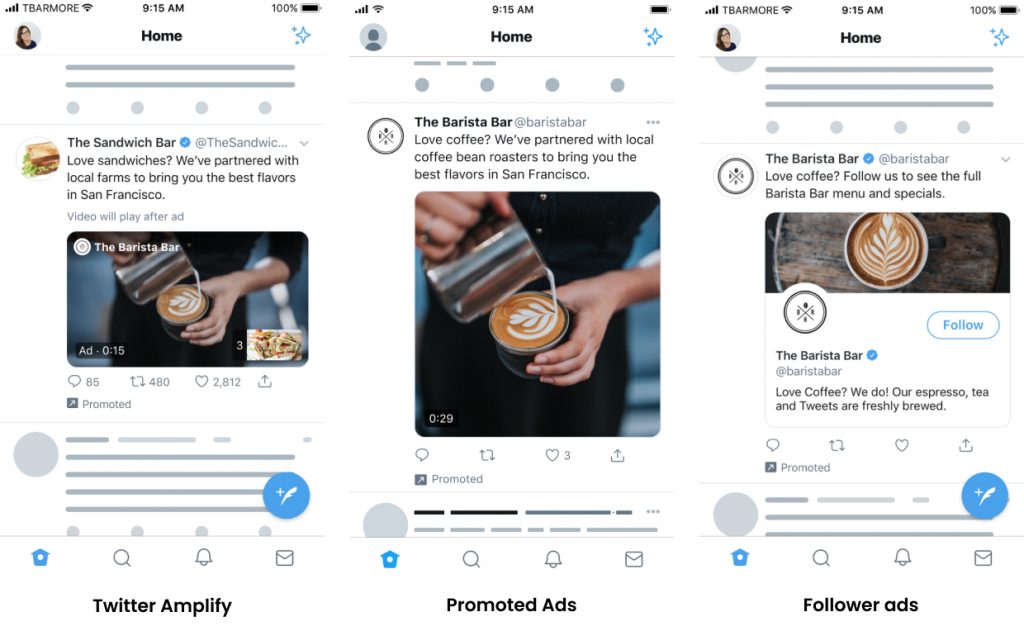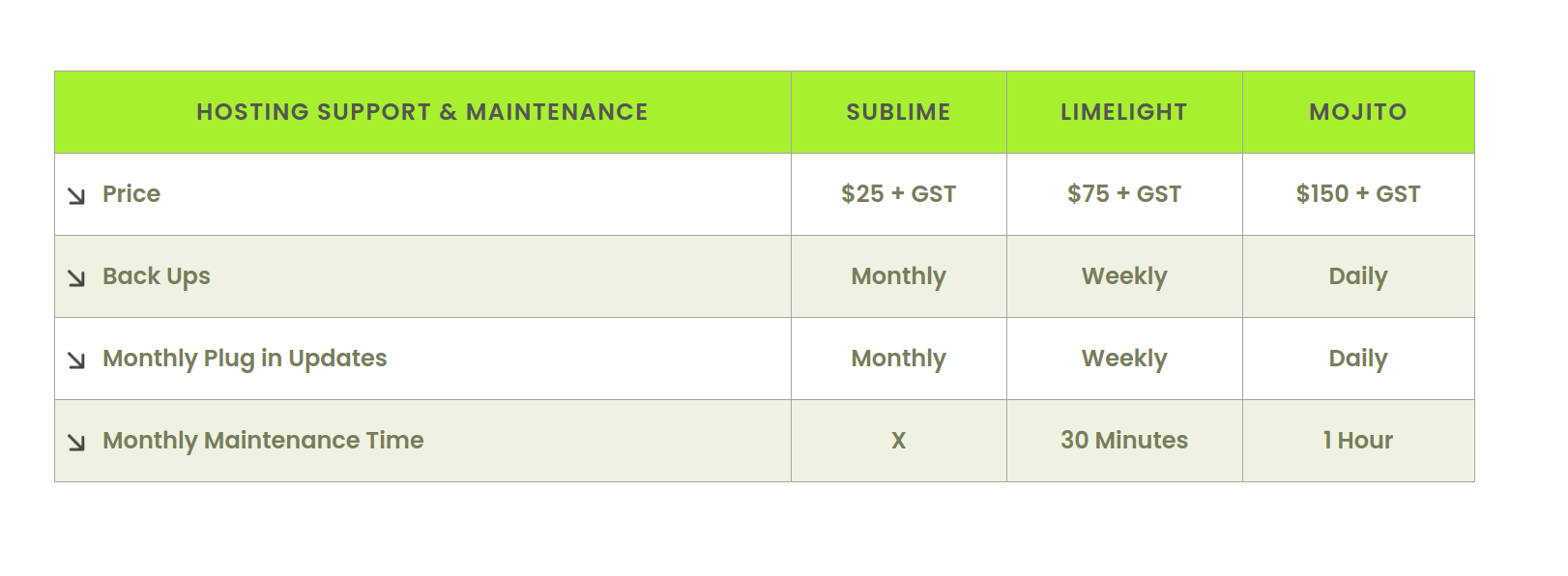eCommerce is an industry that truly reaps the benefits from PPC (pay-per-click) advertising. Why’s that?
Because you can see what clicks are turning into sales, the data behind what works, and how you can scale your ads using this data. If you are an online retail business or looking to start one, Ecommerce PPC advertising is a weapon of a tool in your arsenal.
With all weapons, this one comes with fair warning.
If you are planning to manage your PPC campaigns yourself, a considerable amount of time and effort will need to be invested into researching and practicing how to use these platforms.
If done incorrectly, it will cost time and money.
Plenty of eCommerce businesses manage their PPC campaigns themselves and achieve their desired results. However, if it’s in your budget, hiring an expert or eCommerce PPC agency to manage your campaigns, will be your best bet in saving you time, money and producing a return on investment.
There are far more eCommerce platforms than you might think. Knowing where to start can be daunting because each platform comes with its own processes, budgets, unique audience, and requirements.
Below we’ll take you through some of the most predominant PPC platforms, their pros and cons, and suggestions of where you can get started.
Google Ecommerce Ads
Let’s start with the boss of PPC advertising, Google Ads. It’s one of the simplest to set up and hardest to master.
Google ads display network has a global reach of over 90% of internet users and leads the online advertising market with a 29% share of the total online ad spend invested globally.
There is a lot Google has to offer your Ecommerce business. It’s easy to set up, no minimum spend, analytics and tracking allows you to see your performance, reach and target a local or global audience, automated bidding settings, and total control over your campaigns.
The biggest downside to it is the competition. Popular keywords and large companies with big budgets drive up the price of keywords.
The different types of Google ads available for eCommerce are:
- Search
- Display
- Remarketing
- video ads
- Local ads

Here’s a link to help you choose the right ad campaign for your business.
Suggestion…Give Google Shopping ads a go first. It was launched in 2012, compared to Google ads that has been around since 2000. Companies that have been using Google ads for a long time have longevity on their side as well as a formula that works for them to get to the top. With Google Shopping being a slightly newer PPC channel for Google, there is slightly less competition as there is with Google ads, giving you a better shot at being seen for a better price.
Facebook Ecommerce Ads
Coming in second, we’ve got Facebook ads taking up 22% share of the digital advertising market space. With 2.5 billion monthly active users, it’s the largest social media network to date.
Utilizing this site will give you access to unparalleled audience data and extremely precise targeting of Facebook users. Their cost-per-click is also more competitively priced compared to Google.
Additionally, because Facebook owns Instagram you can also set up and manage your Instagram ads from the Facebook PPC network. We’ll go into more detail about Instagram Ecommerce PPC in the following segment. Let’s focus here on specifically what Facebook can offer you.
You’ll find Facebook ads pop up in your newsfeed, in groups, in your messenger, on the sidebar, and in stories.
The different types of Facebook ads available for Ecommerce:
- Image ads
- Video ads (GIF’s can also be used in place of videos)
- Poll ads
- Carousel ads
- Collection ads (mobile only)
- Dynamic ads (retarget those who have already shown interest)
- Messenger ads
- Story ads

Check out this link for a more granular breakdown of what Facebook ads has to offer your business.
To start you’ll need to set up your Facebook business page and from there you’ll have access to Facebook Ad Manager where you can curate your ads, schedule them and monitor the results.
Instagram Ecommerce Ads
With over a billion monthly active users, it’s a playground for small and big businesses, influencers, bloggers, and brands. 27% of Instagram users say they find new products or brands through PPC ads. If you are in eCommerce, a high portion of your target market likely is using this platform actively.
Instagram was built on sharing photos and videos, so the importance of quality visual content is paramount on this platform. The most effective ads are the ones that appear like normal stories or Instagram posts, rather than blatant advertisements.
The different types of Instagram ads available for Ecommerce:
- Image ads
- Video ads
- Carousel ads
- Stories ads
- Collection ads
- Explore ads
- IGTV ads
- Shopping ads
- Reels ads

Don’t get overwhelmed, you don’t need to be running all these types of ads, you just need the ones that meet your business objectives.
Instagram offers the following objectives: brand awareness, reach, traffic, app installs, engagement, video views, lead generation, and conversion.
Once you’ve selected your eCommerce business objectives, Instagram will streamline the best options for ads to meet those goals.
Conversion is the goal for most eCommerce businesses. Collection, shopping, and carousel ads are great ways to achieve conversions, as the user can buy directly from the ad. Stories are great for brand awareness, reach, and conversions because they’re a full-screen immersive experience.
However, each case is different so doing your research, defining your objective, and trialing ads that have the best bet to meet your objectives.
To get started you’ll need to access your business account on Instagram. Additionally, you’ll need to connect your Facebook business page to your Instagram business account. Once this is complete you’ll be able to create ad campaigns through Facebook Ads Manager (as we mentioned prior, Facebook owns Instagram). From here you can curate your ads, set your budgets, schedule timings, and monitor the data.
Twitter Ecommerce Ads
Twitter is the underdog for eCommerce PPC ads, but one worth looking into. As of Oct 12, 2021, Twitter has rolled out new ad features and improved algorithms to better target ads to appropriate audiences. The hope here is, once this is established it will lay the foundation for eCommerce ads that will allow the user to buy directly from the ads on Twitter.
According to Twitter, users are 2.7x more likely to take action on an ad after they have seen the brand previously on the platform. This increases in likelihood by 5.2x if the ads or brand is partnered with an influencer.
Twitter ad formats for Ecommerce PPC:
- Promoted ads
- Follower ads
- Twitter amplify
- Twitter Takeover
- Twitter live
- Twitter ad-features

Click here for a full breakdown of the Twitter ad format subcategories and what works best for you and your business.
Utilizing Twitter’s PPC eCommerce ads, allows you to tap into a different audience that keeps their finger on the pulse of what’s going on. Its conversational and human style of interaction can increase brand awareness, engagement, and trust in the brand.
Twitter ads are very competitively priced, costing pennies compared to the likes of Google and Facebook. You’re billed after every 1000 impressions on awareness ads and website ads are billed every time a user clicks on your link.
The drawbacks with Twitter is that compared to Google and Facebook it has a much smaller audience of 330 million active users. However, that’s nothing to sneeze at. Also, its eCommerce ad features are limited compared to other PPC platforms. Twitter knows this and eCommerce features are in the works, so worthwhile keeping your eye on this.
To start, create, and optimise your eCommerce Twitter profile. To start promoting Tweets and creating ads use the link here as a guide.
Alternative platforms for Ecommerce
There are so many different PPC platforms and websites available. Each offers access to varied audiences and formats of ads. Some of the following may be worthwhile exploring for your eCommerce store:
- YouTube
- Amazon
- Bing
- Snapchat
- Tumblr
And the list goes on & on, like an Erykah Badu song.
To wrap up, eCommerce PPC is online advertising to generate leads, increase brand awareness, and boost conversions for your business. There are many different platforms you can use to do this, and what’s right for you depends on the audience you’re trying to reach.
Whatever you decide to go with, there’s a balancing act between not putting all your eggs in one basket and spreading yourself too thin. It’s worthwhile utilizing a few of these different PPC platforms because you’ll be tapping into different audience pools.
If you’re doing this yourself, slow and steady wins the race. Research, create ads, monitor performance, optimise, learn what works and what doesn’t, and build from there.
If your attention is better spent elsewhere, hiring a PPC agency to manage your paid media marketing could be the way to go.
eCommerce is exploding, and with COVID changing the world globally, more and more people are turning to online spending.
So, what are you waiting for?



